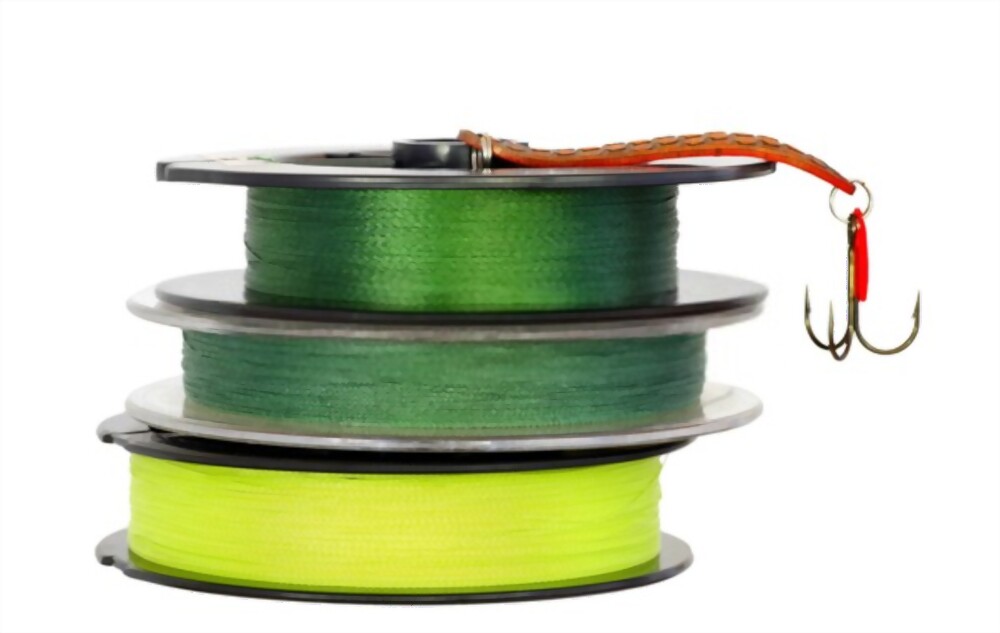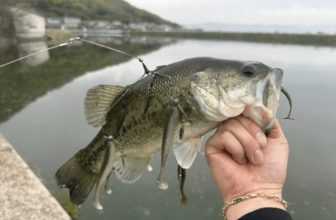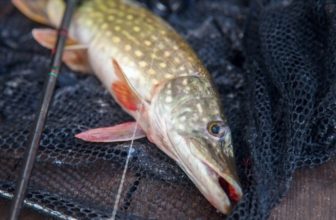
Fishing lines are an essential tool in any angler’s tackle box. It’s important to have a good understanding of the different types of fishing lines and their respective advantages and disadvantages. This beginner’s guide can help any angler make an informed decision when it comes to selecting the right line for the job.
Monofilament Lines
Monofilament lines are the most common type of fishing line used today. This line is usually made from nylon, with a colour variation from green, blue, clear and yellow. Monofilament is appreciated for its strength and flexibility, and for the ability to stretch up to 25%. Its chief advantage is that it is fairly inexpensive and can be found in a variety of test strengths depending on the type and size of the fish being pursued.
Benefits of Monofilament line:
- Inexpensive
- Flexible
- Available in many strengths
Disadvantages of Monofilament line:
- Makes noise when it strikes the water
- Has memory and tends to retain a curled shape
- Knots often require extra effort to cinch down securely
Braided Lines
Braided lines are multi-filament lines usually constructed with a special blend of Kevlar and fibres. This type of line is characterised by a smooth, round profile which allows for superior casting distances and its lack of stretch. This line is made up of a ‘weave’ pattern which makes it nearly impervious to abrasion.
Benefits of Braided Line:
- Traces can be cast further than with monofilament
- Resists abrasion and snags better than mono
- Adds sensitivity when feeling for light bites
Disadvantages of Braided Line:
- Can be noisy when it hits the water
- Prone to ‘digging in’ on the angler’s reel spool
- More expensive than monofilament
Fluorocarbon Lines
Fluorocarbon lines are also made with a nylon base, but the material is treated with a special fluoropolymer to increase its density, making it nearly invisible to fish after it enters the water.
Benefits of Fluorocarbon line:
- High abrasion resistance
- Nearly invisible underwater
- Lower memory than mono
Disadvantages of Fluorocarbon line:
- More stiff than monofilament
- Less elasticity than mono
- Expensive compared to mono
No matter which type of line you choose, it is always recommended that you practice and become familiar with it before you use it for an actual fishing trip. Learning how to tie a good knot and handle the line correctly can help you avoid many of the common mistakes that anglers make with their lines. It is also wise to choose a line that is suited for the type of fish you are going to be targeting.
By understanding the different types of lines available and their respective attributes, you will be better able to make an informed decision when it comes to selecting the right line for the job. Hopefully this beginner’s guide has provided you with a good starting point for making that decision.
What is the difference between monofilament and braid fishing lines?
Monofilament fishing line is made of a single strand of material, usually made of nylon or polyethylene. It is generally considered to be the most economical type of fishing line, is well-suited for most types of fishing, and is easily visible in the water.
Braid fishing line is made from multiple strands of material, usually made from Spectra fibers. It has a thinner diameter than monofilament, is less visible in the water, and has much greater abrasion resistance and strength. It may be slightly more expensive than monofilament, but it is a great choice for experienced anglers who are looking for increased sensitivity and strength.
What advantages does braid fishing line have over monofilament?
1. Braid fishing line is significantly thinner than monofilament, which gives it improved casting distance and decreases the chance of fish noticing the line.
2. Braid is also much stronger and abrasion-resistant than monofilament, so it’s great for reaching rougher areas or targeting large, hard fighting fish.
3. Braid holds up much better under extreme conditions, such as deep water or heavy weeds, so it’s ideal for those situations.
4. Braid doesn’t stretch much, so when fishing with a light line class it provides better contact with the bait and improved sensitivity to the feel of a fish.
5. Finally, braid is not affected by water absorption like monofilament, so it won’t lose its strength or break down easily over time.
What is the diameter of braid fishing line compared to monofilament?
The diameter of braid fishing line is usually thinner than that of monofilament, often about half the diameter. This thinner diameter makes it much less visible in the water, and gives it a great casting distance compared to monofilament.
What is the difference between braid and monofilament fishing line?
Braid fishing lines are constructed out of multiple strands of thin, strong fibers woven together. This makes them incredibly strong and abrasion-resistant. Monofilament fishing lines are made from a single strand of plastic or nylon. Monofilament lines are cheaper, more flexible, and less visible to fish in water than braid lines. Many anglers prefer braid lines for trolling and deeper fishing, while monofilament is better for lighter tackle, casting, and finesse techniques.
What is the strength of braid vs monofilament fishing line?
Braid offers the greatest strength of the two fishing lines when compared to monofilament. Braid is much thinner than monofilament, so it has more tensile strength than monofilament for the same diameter. Braid also has less stretch and is resistant to abrasion and fraying. Monofilament has excellent shock strength and is more elastic than braid, so it can absorb the impacts of strikes from large fish much better than braid.
What is the best monofilament fishing line for braided lines?
The best monofilament fishing line for braided lines is a low-stretch, high-durability, high-strength monofilament line with a small diameter. Monofilament lines with a thin profile make braided line casting more effective. Some popular brands of monofilament lines include Suffix, Berkley Trilene, Berkley Fireline, and Bio-Edge.







